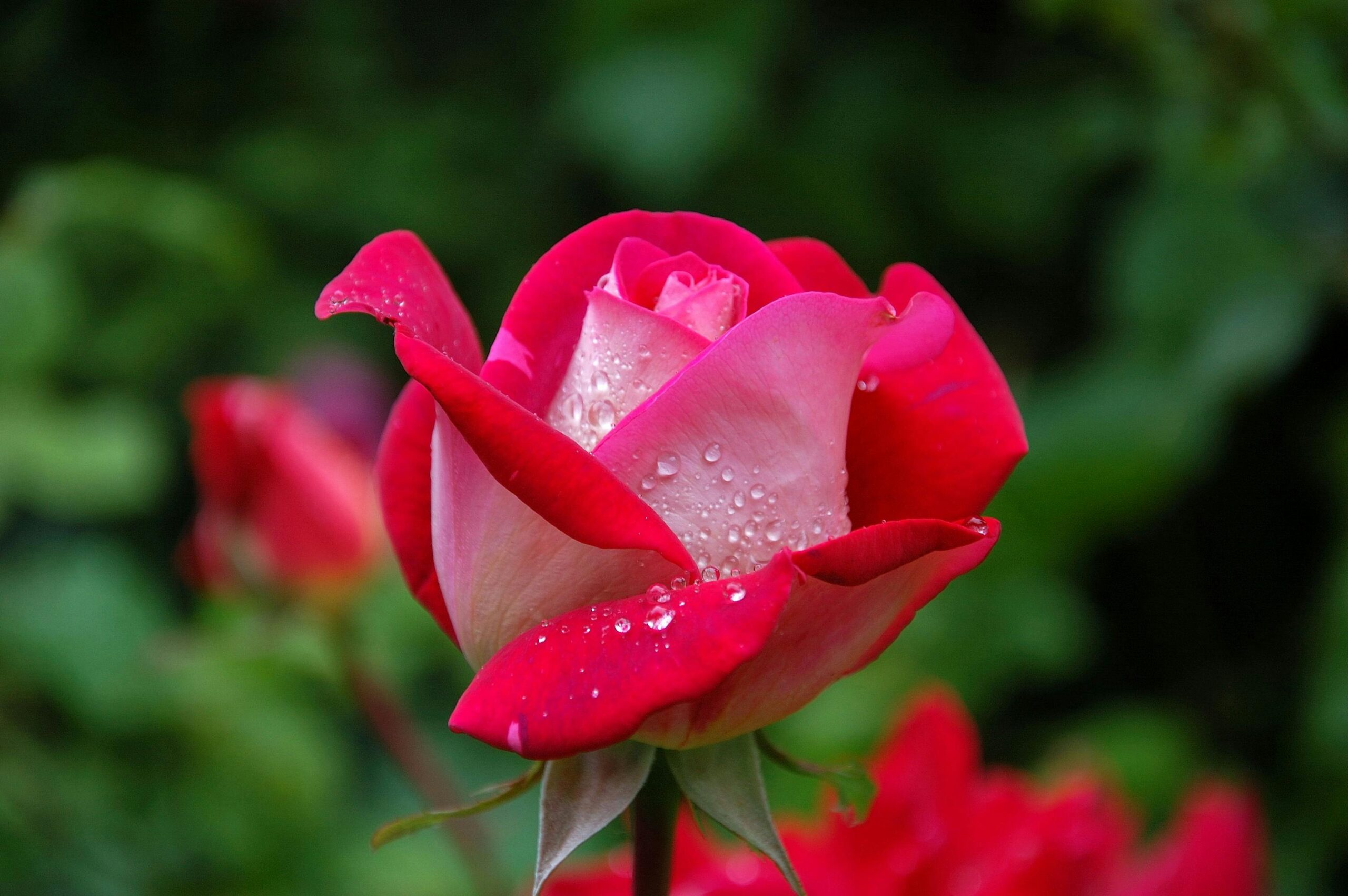- LIFE
Delicious Ideas What to Do with Chicken Tenderloins


Roses are not just beautiful flowers; they encompass a diverse range of categories that cater to different gardening styles, climates, and aesthetic preferences. Understanding the various categories of roses can significantly enhance your gardening experience, whether you’re a seasoned horticulturist or a home gardener. This article delves into the classification of roses, exploring the major categories, popular varieties, and essential care tips to help you select the best roses for your garden.
Roses can be classified into several categories based on their growth habits, flowering patterns, and historical significance. This classification helps gardeners choose the right type of rose for their specific needs, such as climate adaptability, disease resistance, and intended use in landscaping. The three main categories of roses include Old Garden Roses, Modern Roses, and Wild Roses (Species Roses).
Old Garden Roses are varieties that existed before 1867, characterized by their rich fragrance, historical significance, and often complex blooms. They are generally hardier and more disease-resistant than modern hybrids. Some notable types include:
Modern Roses refer to varieties developed after 1867, often bred for specific traits such as color, size, and repeat blooming. They are typically more uniform in growth and easier to care for. Common types include:
Wild Roses, or Species Roses, are native to various regions and have not been extensively hybridized. They are known for their hardiness and adaptability to different environments. Examples include:
Here is a summary of popular rose varieties categorized for easy reference:
| Category | Varieties |
|---|---|
| Old Garden Roses | Damask, Gallica, Alba |
| Modern Roses | Hybrid Tea, Floribunda, Grandiflora |
| Wild Roses | Rosa rugosa, Rosa canina, Rosa gallica |
Selecting the right rose category involves considering your garden’s specific conditions and your personal preferences:
Each rose category has unique care requirements that can impact their growth and blooming potential:
These roses generally require less maintenance but benefit from regular deadheading and pruning after flowering. They thrive in well-drained soil and should be watered deeply but infrequently to encourage deep root growth.
Modern roses often require more attention, including regular fertilization and pest control. They benefit from consistent watering and should be pruned in early spring to encourage healthy growth and blooming.
Wild Roses are low-maintenance and can thrive in a variety of conditions. They require minimal pruning and can tolerate drought, making them ideal for low-water gardens. A light fertilization in early spring can enhance their blooming.